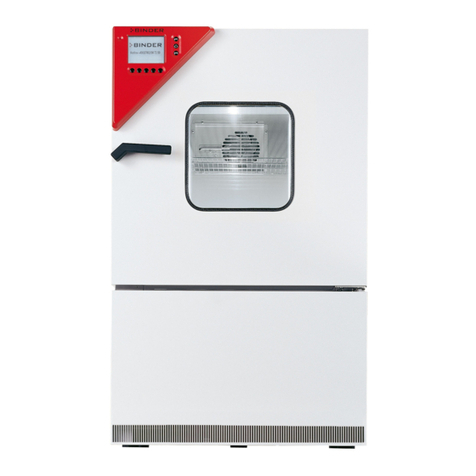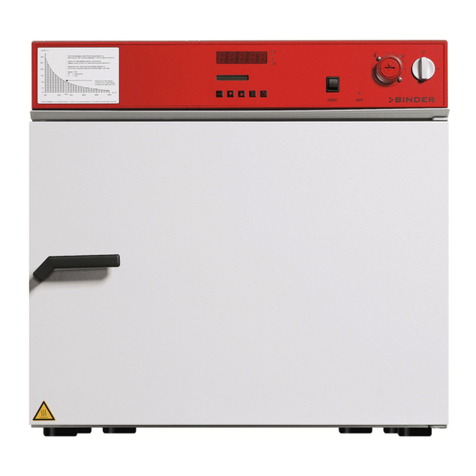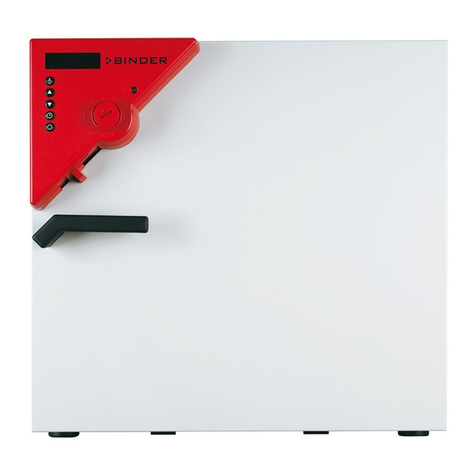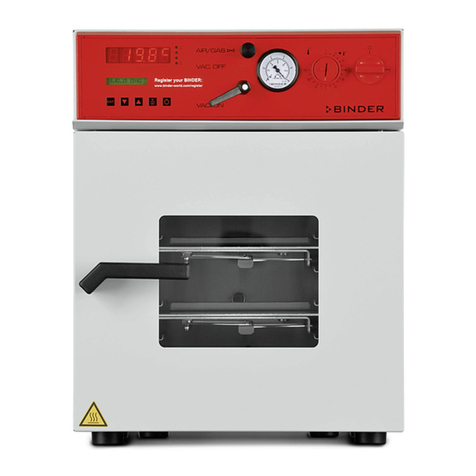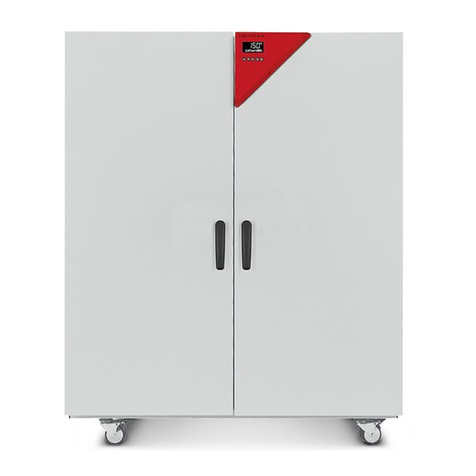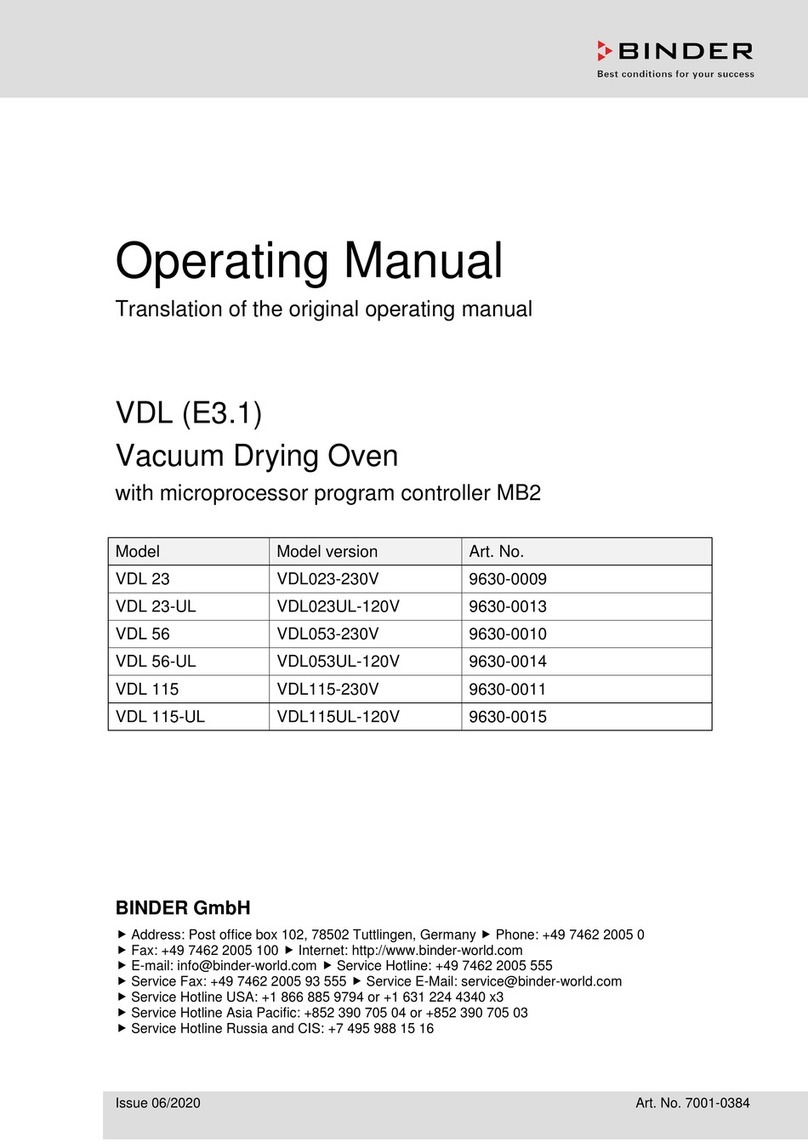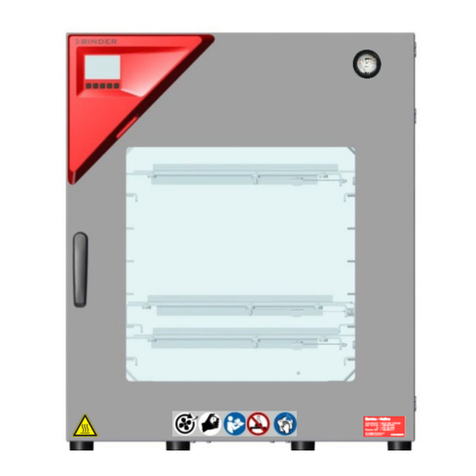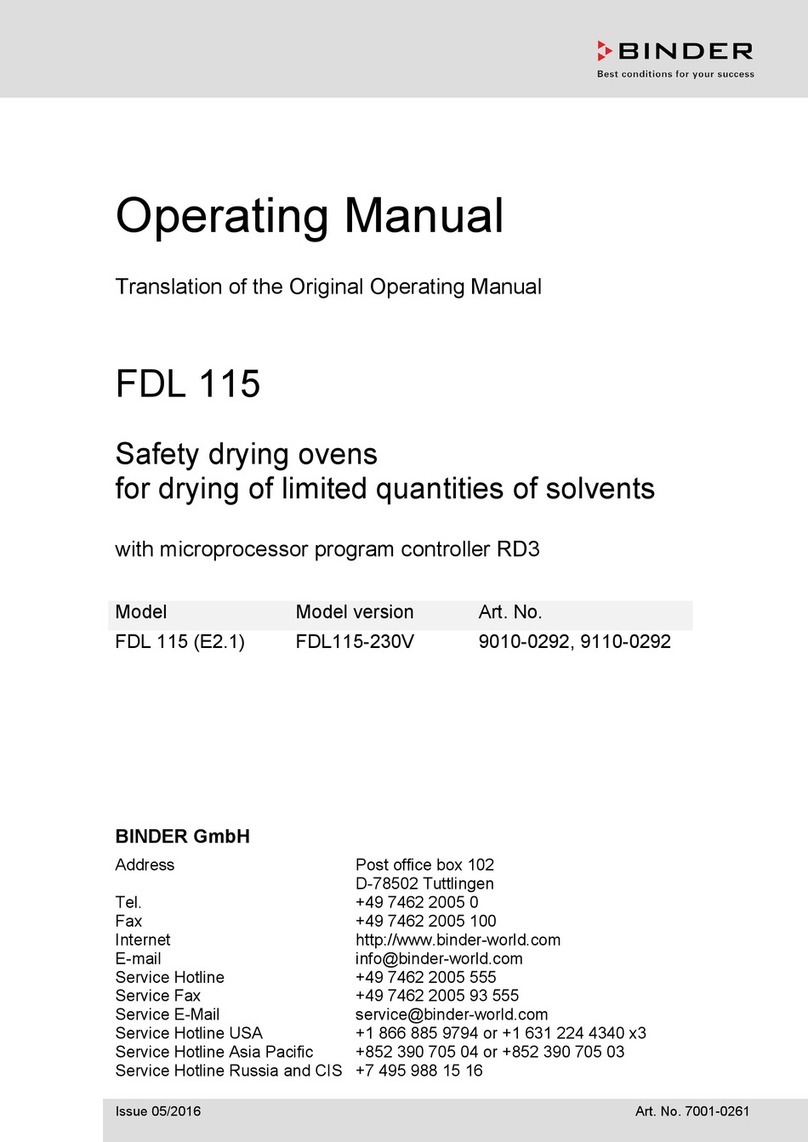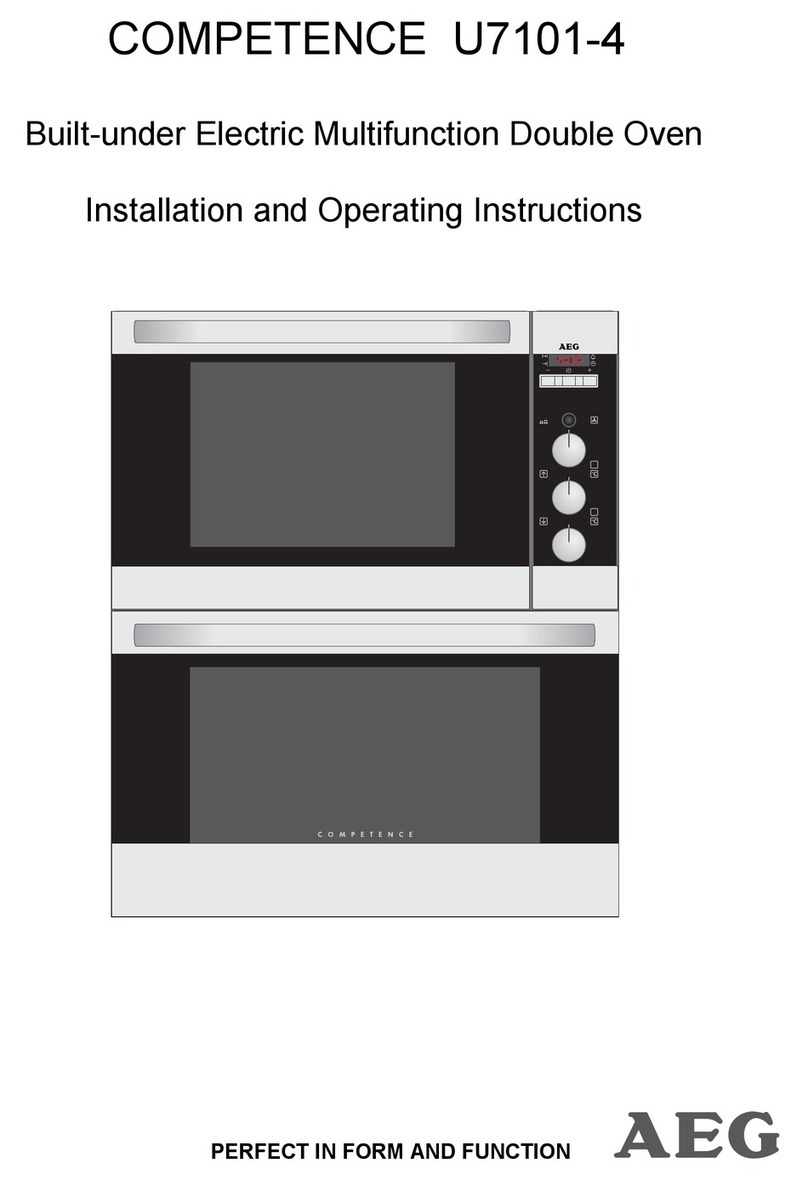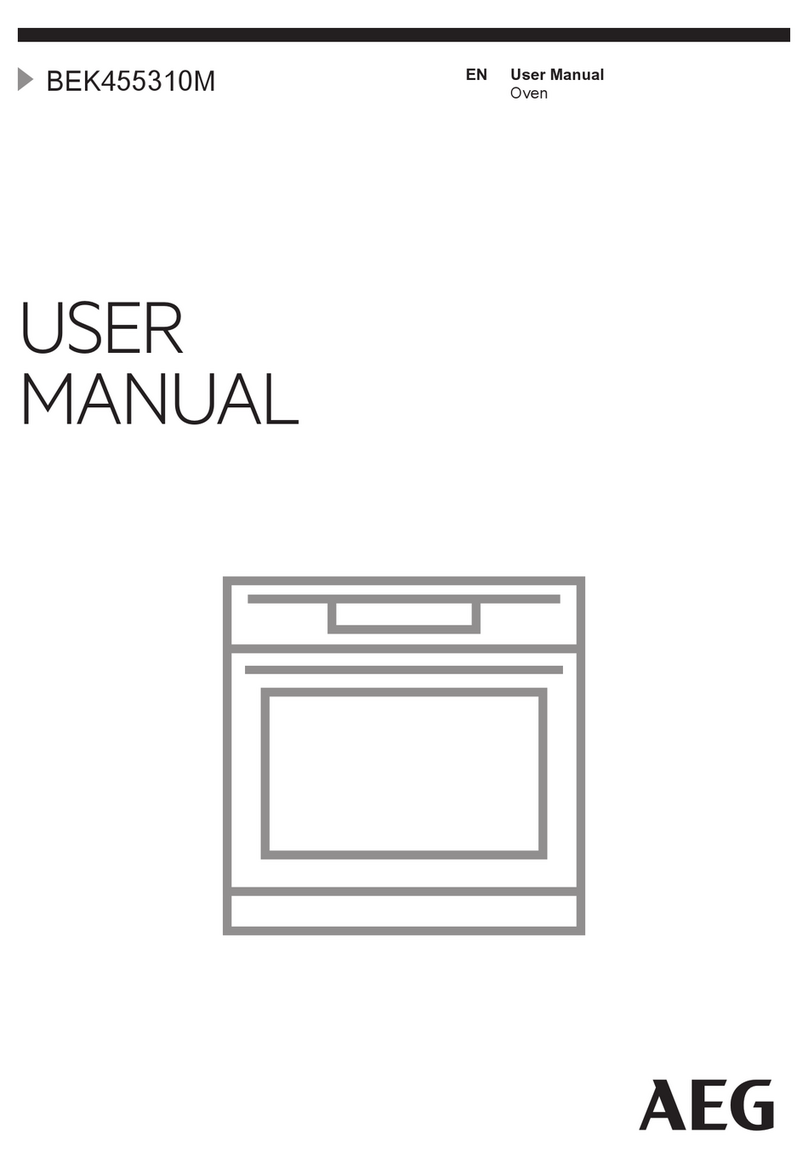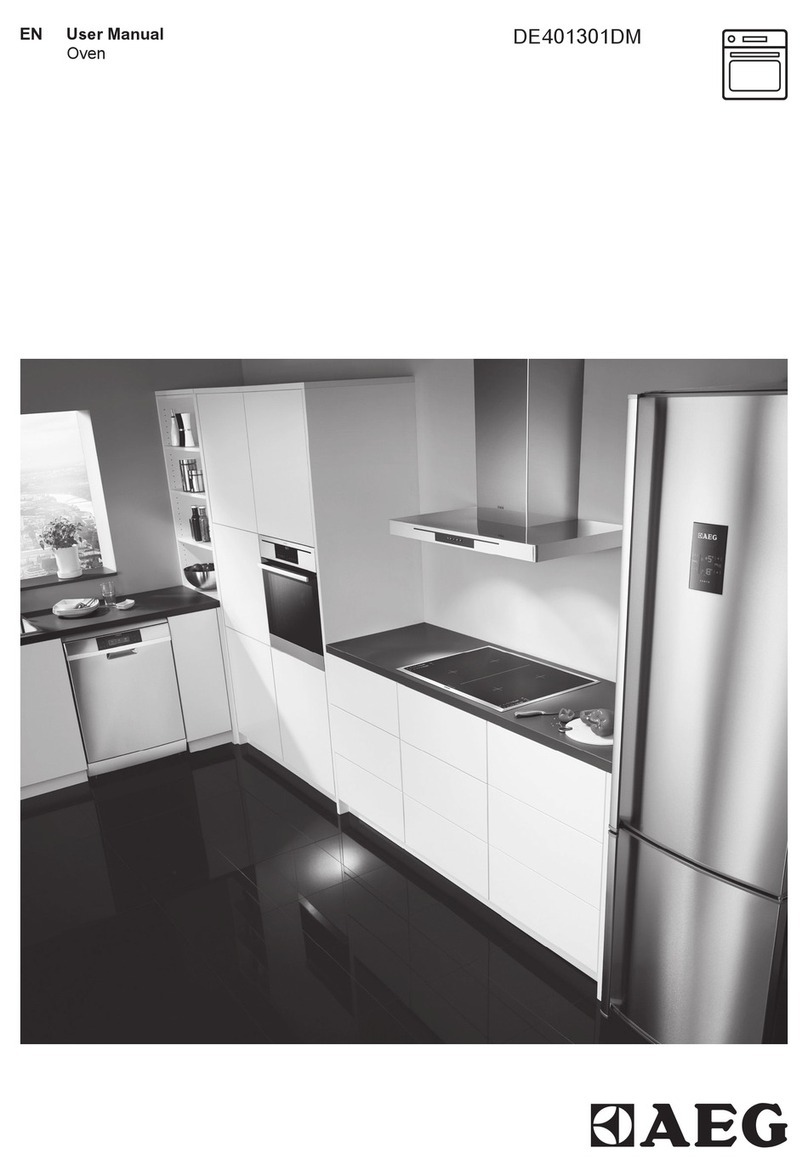
VD (E2.1) 10/2011 page 6/83
Contents
EC – Declaration of Conformity.....................................................................................................................2
Product registration .......................................................................................................................................5
1. SAFETY..................................................................................................................8
1.1 Legal considerations ...........................................................................................................................8
1.2 Structure of the safety instructions......................................................................................................8
1.2.1 Signal word panel .....................................................................................................................8
1.2.2 Safety alert symbol ...................................................................................................................9
1.2.3 Pictograms................................................................................................................................9
1.2.4 Word message panel structure...............................................................................................10
1.3 Localization / position of safety labels on the unit.............................................................................10
1.4 Type plate .........................................................................................................................................11
1.5 General safety instructions on installing and operating the vacuum drying oven ............................12
1.6 Intended use .....................................................................................................................................14
2. DESCRIPTION OF THE EQUIPMENT.................................................................14
2.1 Overview of the equipment ...............................................................................................................15
2.2 VD 23 control panel...........................................................................................................................16
2.3 VD 53 / 115 control panel .................................................................................................................16
2.4 Connections at the rear of the unit....................................................................................................17
3. COMPLETENESS OF DELIVERY, TRANSPORTATION, STORAGE, AND
INSTALLATION....................................................................................................18
3.1 Unpacking, and checking equipment and completeness of delivery................................................18
3.2 Guidelines for safe lifting and transportation ....................................................................................19
3.3 Storage..............................................................................................................................................19
3.4 Location of installation and ambient conditions ................................................................................19
4. INSTALLATION AND CONNECTIONS................................................................20
4.1 Vacuum expansion racks..................................................................................................................20
4.2 Electrical connection .........................................................................................................................21
4.3 Vacuum connection ..........................................................................................................................21
4.4 Inert gas connection..........................................................................................................................22
5. START UP............................................................................................................22
5.1 Settings at the RD3 program controller ............................................................................................22
5.2 General indications ...........................................................................................................................24
6. FIXED VALUE ENTRY MODE .............................................................................25
7. WEEK PROGRAM EDITOR.................................................................................26
7.1 Program table template for Week program Editor ............................................................................28
7.2 Programming example of the Week program editor.........................................................................29
7.2.1 Desired time function ..............................................................................................................29
7.2.2 Proceeding overview ..............................................................................................................29
7.2.3 Proceeding in detail ................................................................................................................30
8. PROGRAM EDITOR.............................................................................................35
8.1 Selecting between set-point ramp and set-point step.......................................................................35
8.1.1 Programming with setting “Ramp” (default setting) ................................................................35
8.1.2 Programming with setting “step”.............................................................................................37
8.1.3 General notes on programming temperature transitions........................................................38
8.2 Set-point entry for program operation...............................................................................................38
8.3 Program table template.....................................................................................................................41
8.4 Deleting a program section ...............................................................................................................42

